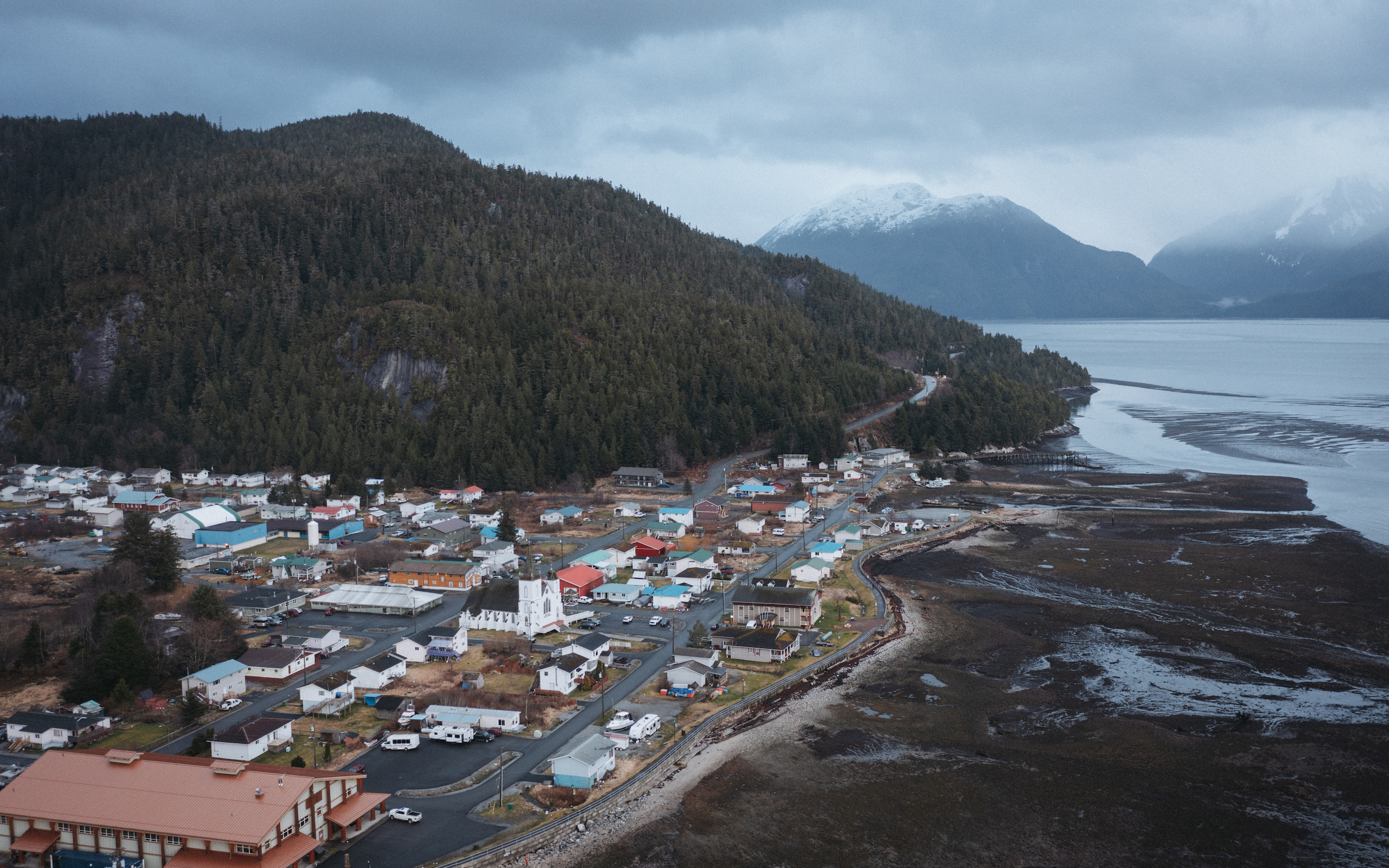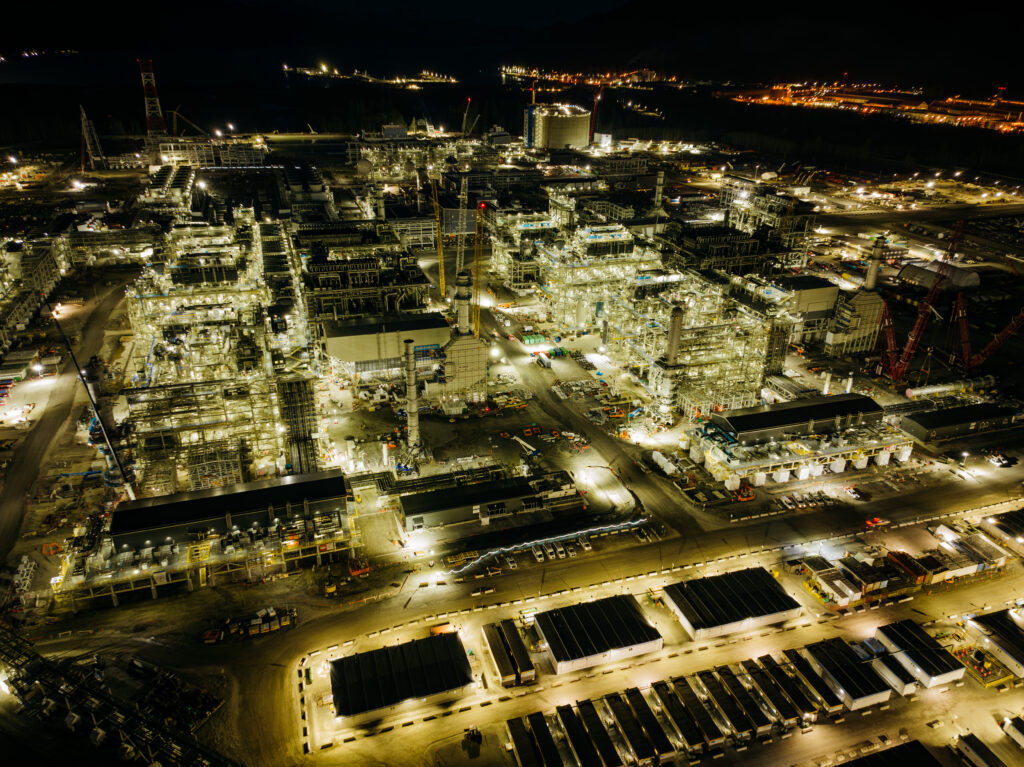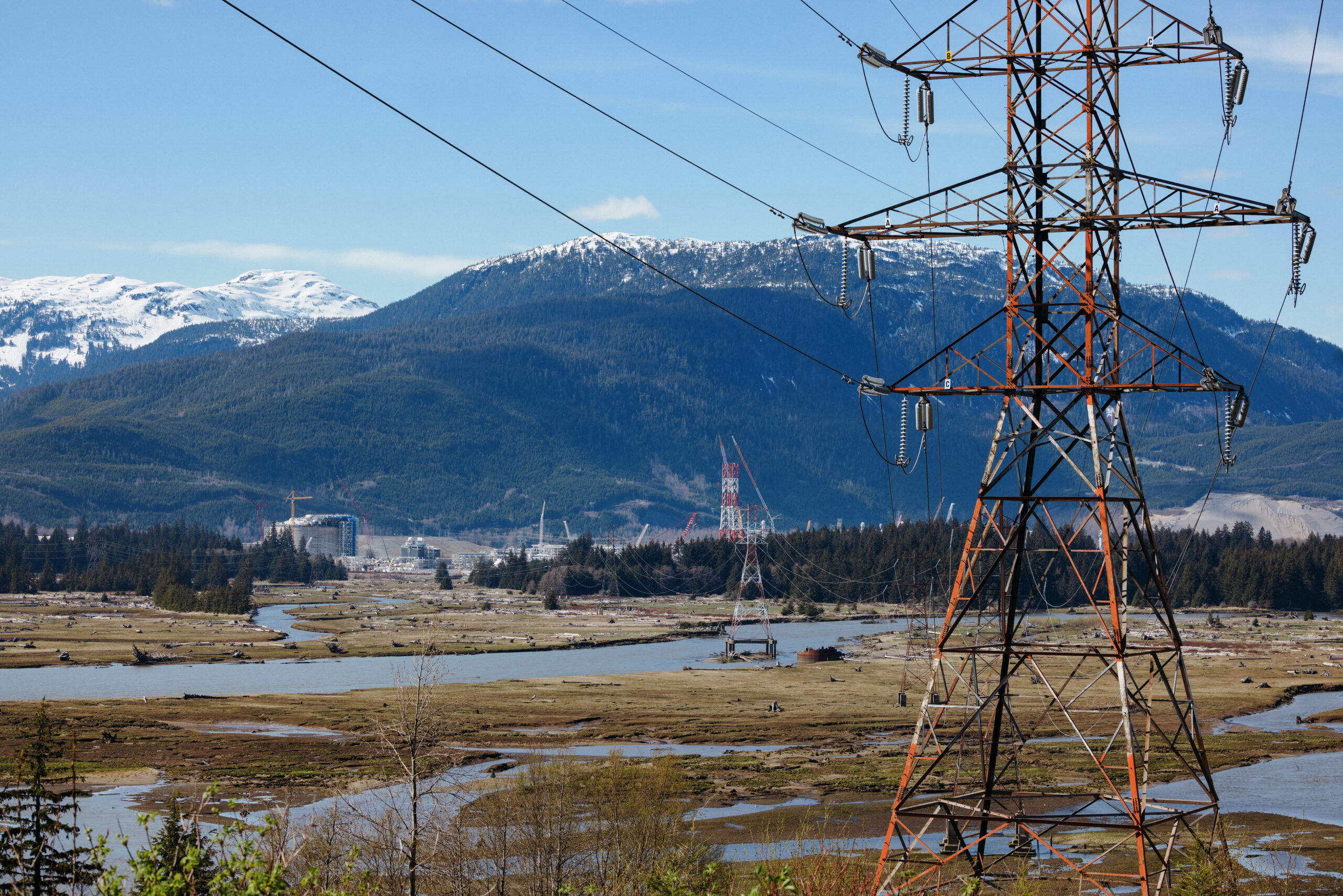
Hope for a huge, ancient and imperilled fish
First Nations are leading efforts to make sure lake sturgeon can find a home in...
Get the inside scoop on The Narwhal’s environment and climate reporting by signing up for our free newsletter.
Electrify everything — we’ve heard it time and time again. Many people frame it as a key path to lower carbon emissions nationwide.
But it’s not just electric cars and heat pumps that are expanding our appetite for electricity. Industrial megaprojects — from liquefied natural gas (LNG) to gold mining — also want electricity. And lots of it.
Now, new documents obtained by The Narwhal are shedding light on how the B.C. government is thinking about this rapidly growing desire for electricity.
The documents outline the potential for an unprecedented increase in industrial electricity demand.
This has some energy observers raising questions about where the power will come from, who will pay for it and how it will impact the public, either as taxpayers or through BC Hydro rate increases.
The full investigation has all the details and commentary from experts — but if you only have a couple minutes, read on for five key takeaways from the documents:
Ten mining, oil and gas and hydrogen projects were seeking almost 33,000 gigawatt hours of electricity from BC Hydro, according to a briefing note prepared for Premier David Eby in March 2024. That’s more than twice the amount of power BC Hydro sold to all large industrial customers in 2024.
In an interview, Energy Minister Adrian Dix declined to comment either on the amount of electricity project proponents estimate they need or total industrial demand estimates outlined in the documents. Neither the Energy Ministry nor BC Hydro responded to questions asking if there have been any changes in power requests from the LNG, mining and other industries listed in the documents.
Dix emphasized that not all of the projects mentioned in the documents will proceed. Still, he said he expects the province will be seeking more new energy projects “sooner than expected.”
The briefing note shows three liquefied natural gas export projects — LNG Canada Phase 2, Ksi Lisims LNG and Cedar LNG — would require a total of 1,400 megawatts of power to run on electricity instead of gas. That much energy would power about 600,000 average homes.
LNG Canada Phase 2 requested 585 megawatts — about half the electricity the $16-billion Site C dam will produce — while Cedar LNG, a floating liquefaction and export terminal in Kitimat, B.C., would need 214 megawatts, according to the documents.
Ksi Lisims, a floating LNG plant at the north end of Pearse Island near the Alaska border that is currently undergoing an environmental assessment, has requested 600 megawatts of power from BC Hydro if it proceeds.

Teck, the previous owner of coal mines in B.C.’s Elk Valley, wants 307 megawatts for its proposed Galore Creek Mine on Tahltan Nation territory in the province’s northwest, while Seabridge Gold is seeking 220 megawatts for the proposed Kerr-Sulpherets-Mitchell mine near the border with Alaska.
Natural gas projects in B.C.’s northeast — which will largely supply LNG export projects — would require an estimated 615 megawatts to electrify their operations, the documents say.
Richard Mason, a former commissioner with the BC Utilities Commission, said electricity is still relatively cheap in the province, in part because most of B.C.’s large hydro dams were built decades ago when the costs were lower.
But that could change as BC Hydro invests in new electricity generation and transmission infrastructure.
“If the cost of new energy is going up, then BC Hydro’s average cost of energy is going to go up, you can be fairly confident with that,” Mason said in an interview.

Dix acknowledged that B.C.’s need to increase the supply of electricity is going to put “pressure on hydro rates.”
“That means you’ve got to make good decisions,” he told The Narwhal.
In March, Dix announced BC Hydro rates will increase by 3.75 per cent in each of the next two years. The increases will help cover the cost of the Site C dam, inflationary pressures and “the critical work required to significantly invest in B.C.’s energy supply and infrastructure,” Dix said at the time.
The documents also show Eby’s government is considering changing the way industrial customers with big power needs pay to connect to the power grid.
BC Hydro requires new industrial customers seeking more than about 150 megawatts of power to pay the incremental costs of generating and transmitting the power that exceeds that threshold.
That threshold is meant to protect other BC Hydro customers from being hit with higher electricity prices as a result of investments made to serve large industrial customers. However, the briefing note for Eby says requiring LNG, mining and other companies to pay those costs “could be prohibitive.”

If the province changes the way it provides power to large industrial customers, the new system “should balance the needs of industrial customers, while prioritizing projects that provide the greatest benefits to British Columbians and protect existing BC Hydro customers from rate increases,” according to the document.
BC Hydro has estimated about 3,700 megawatts of power need to be added to the grid by 2029 to avoid an electricity deficit, recommending new power sources be built to address the gap.
Even with new electricity projects in development, the province could still experience an electricity crunch as early as 2026 if emissions-intensive industries like mining and LNG are electrified, BC Hydro has estimated.
It’s unclear how many of the industrial projects listed in the briefing documents were included in BC Hydro’s forecasting, but rapidly scaling up the power supply could be difficult and costly.
Gradually adding to the electricity supply helps BC Hydro smooth the process of recouping costs, Mason explained — something that is tougher to do when new supply is brought online more quickly.
“Where you have a big, chunky load like this, it can increase BC Hydro’s costs very sharply,” Mason said. If those costs are passed on to ratepayers, they would “notice the increase,” he said.
— Compiled by Sharon J. Riley
Get the inside scoop on The Narwhal’s environment and climate reporting by signing up for our free newsletter. Angello Johnson’s shoulders burn, and his arms...
Continue reading
First Nations are leading efforts to make sure lake sturgeon can find a home in...

We’re excited to share that an investigation by The Narwhal is a finalist for the...

A new documentary, Nechako: It Will Be a Big River Again, dives into how two...
